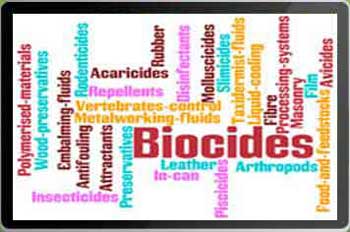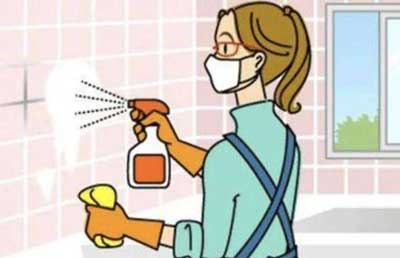Bromine is a halogen element with chlorine, and its chemical properties and microbicidal effects are basically similar to those of chlorine. However, the solubility of bromine in water is much smaller than that of chlorine. Bromine-containing disinfectants have the advantages of high efficiency, broad-spectrum sterilization and strong bactericidal effect. These advantages have led to the rapid development of bromine-containing disinfectants in the public health field. However, due to the constraints of poor solubility and slow speed in the water, bromine-containing disinfectants need to be further developed in terms of application.
1. Instructions for the use of bromine-containing disinfectants.
Bromine-containing disinfectant is mainly used for the disinfection of sewage, object surfaces, and food service utensils. It is not suitable for the disinfection of hands, skin mucous membranes, and air.
(1) Sewage disinfection.
Calculate the volume of sewage and calculate the required amount according to the total adequate halogen amount of bromochlorhydantoin above 40mg/L. Dissolve the agent in a small amount of water, then put it into the sewage, mix well and act for 90-100 minutes.
(2) General surface disinfection.
A disinfectant solution with an effective bromine concentration of 200-500mg/L can be used for preventive disinfection. Use this bromine-containing disinfectant solution to disinfect all kinds of clean surfaces by wiping, soaking, and spraying. It works for 10-30 minutes. For surfaces contaminated with infectious disease pathogens, a disinfectant solution with an effective bromine concentration of 1000-2000gm/L can be used. Disinfection by wiping, soaking, and spraying wine with this bromine-containing disinfectant solution for 10-30 minutes. When the object’s surface is contaminated with organic matter such as blood and mucus, the disinfection concentration can be increased to an effective bromine concentration of 2000-5000mg/L.
(3) Catering utensils.
After the infectious disease patients have used the dining utensils, they can be disinfected by soaking in a disinfectant solution with an effective bromine concentration of 500mg/L after the dining utensils have been cleaned. The effect is 20 minutes. Rinse off any residual disinfectant with water after disinfection.
Note: The use of bromine-containing disinfectants is not recommended for prophylactic disinfection.
2. Precautions for the use of bromine-containing disinfectants.
(1) Bromine-containing disinfectants are for external use and should not be taken orally.
(2) These disinfectants are strong oxidizing agents, and contact with flammable materials may cause spontaneous combustion without an open flame. It should be stored away from flammable materials and ignition sources. It is prohibited to store and transport bromine-containing disinfectants together with reducing agents to prevent an explosion.
(3) It is corrosive to metals without adding preservatives.
(4) It has a bleaching and fading effect on colored fabrics.
(5) The product has an irritating odor. It poses a burning hazard to eyes, mucous membranes, skin, etc. Contact between such disinfectants and the human body is strictly prohibited. In case of inadvertent contact, it should be flushed with plenty of water and sent to the hospital for treatment in serious cases.
(6) Operators should wear protective glasses, rubber gloves, and other protective gear.







